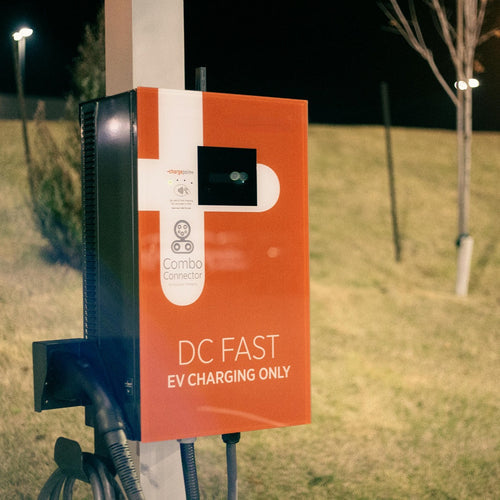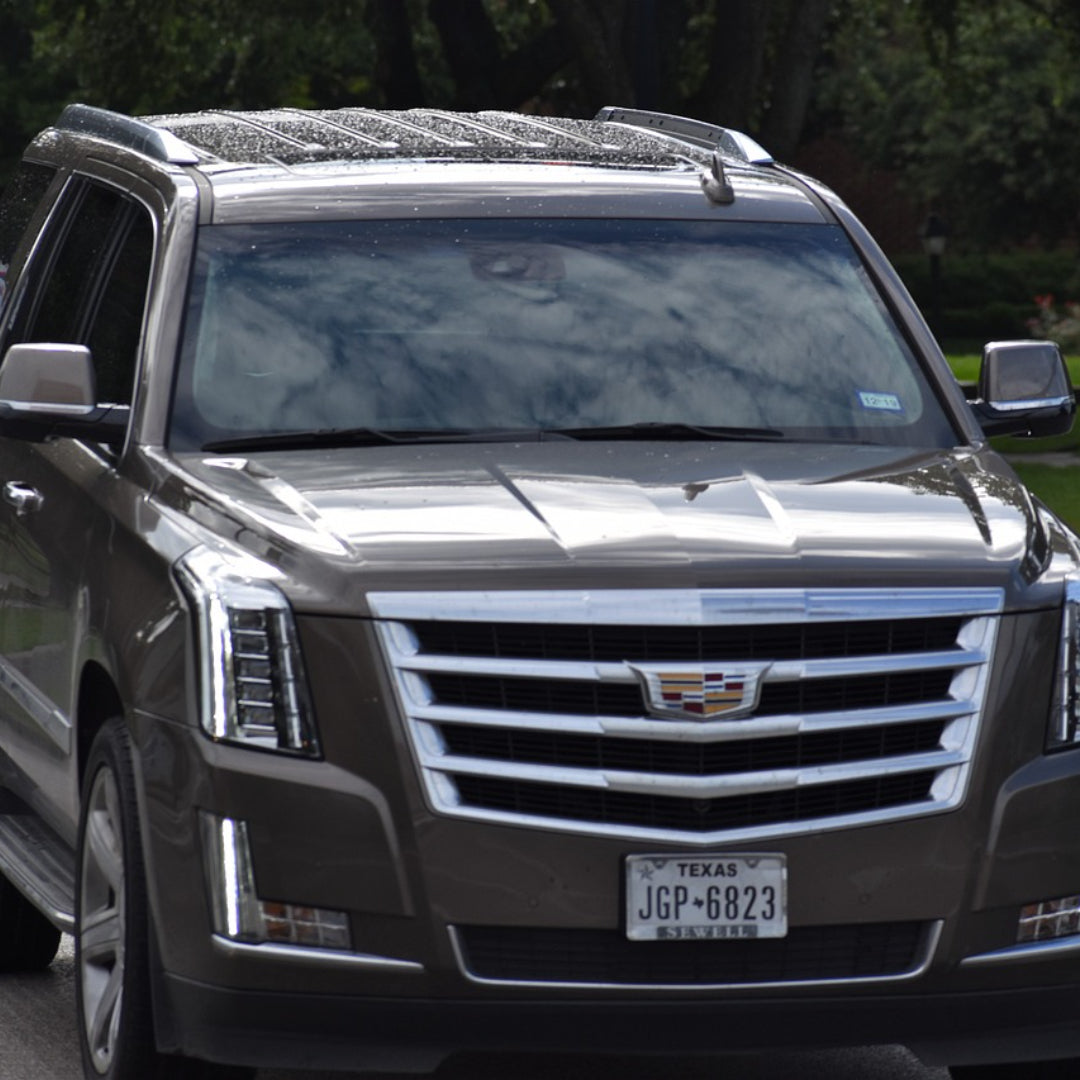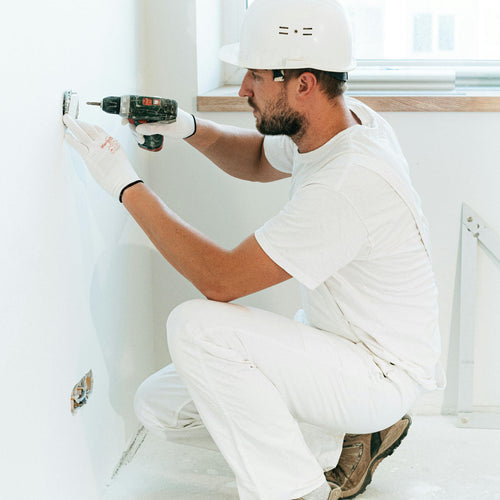Fast charging is an appealing feature for electric vehicle (EV) owners who value convenience and reduced charging times. However, it raises concerns about its long-term impact on battery health and life. In this article, we will explore how DC fast charging works, its effects on EV battery longevity, best practices for fast charging.
How Does DC Fast Charging Work?
DC fast charging recharges an EV battery much quicker than traditional Level 1 or Level 2 charging. This is achieved by supplying direct current (DC) electricity directly to the battery without requiring the car’s onboard charger to convert it from alternating current (AC).
The Impact of Fast Charging on EV Battery Life
A study by Recurrent Auto indicates that frequent use of DC fast chargers results in only a slight reduction in EV range compared to primarily using Level 2 chargers. To optimize battery health, it is recommended to maintain the charge between 20% and 80% and avoid exposing the vehicle to extreme temperatures.
|
Charging Type |
Speed |
Impact on Battery |
Best Usage Scenario |
|
Level 1 (120V AC) |
Slow (2-5 mph) |
Minimal impact |
Overnight home charging |
|
Level 2 (240V AC) |
Moderate (10-30 mph) |
Low impact |
Daily use and regular top-ups |
|
DC Fast Charging |
Rapid (100-300 mph) |
Potential degradation with frequent use |
Long trips or emergency charging |
Table: Impact of Charging Modes on Battery Health
Thermal Stress
One significant factor affecting battery health is heat. DC fast charging generates substantial heat due to the rapid transfer of energy, which can put stress on the battery over time, potentially leading to accelerated wear.
Chemical Degradation
Fast charging may also contribute to lithium plating on the battery's anode, especially in cold conditions. This process can reduce the battery's capacity and increase its internal resistance, impacting long-term performance.
Key Features of DC Fast Charging:
High Power Output: Fast chargers typically operate at power levels ranging from 50 kW to over 350 kW.
Voltage Compatibility: Most EVs support charging at 400V, while some newer models, like the Porsche Taycan, are compatible with 800V systems for even faster charging.
Shorter Charging Times: Depending on the charger and vehicle, a DC fast charger can replenish 80% of an EV’s battery in as little as 20-30 minutes.
Charging Process:
1. Plug In: The driver connects the car to the fast charger using a compatible cable.
2. Battery Communication: The charger and the EV’s battery management system (BMS) communicate to determine the optimal charging rate.
3. Energy Transfer: DC power flows directly to the battery, bypassing the slower onboard AC-DC conversion.

Tips for Preserving Battery Life While Using Rapid Charging
To minimize the potential drawbacks of fast charging and extend battery life, EV owners should consider the following best practices:
Use Fast Charging Sparingly
Reserve DC fast charging for long trips or emergencies. For everyday charging needs, rely on slower Level 2 chargers.
Monitor Battery State of Charge (SoC)
Avoid charging to 100% or letting the battery drop below 10% regularly. Instead, aim to keep the battery within a 20%-80% range during fast charging sessions.
Charge at Moderate Temperatures
Batteries perform best when charged in moderate conditions. Avoid fast charging in extreme cold or heat to maintain efficiency and stability.
Park in shaded areas during hot weather and use built-in cooling systems to reduce the risk of heat-related battery degradation.
Enable Battery Preconditioning
Take advantage of your EV’s preconditioning feature to warm or cool the battery to an ideal temperature before initiating a fast charge. This helps reduce thermal stress.
Choose the Right Charger
Select a charger with a power output compatible with your vehicle. For instance, using a 350 kW charger on a car designed for 150 kW can cause inefficiencies and generate unnecessary heat.
Plan Charging Sessions Thoughtfully
Combine shorter charging sessions with moderate driving distances to maintain optimal battery health.
Stay Updated with the Software
Regularly update your EV's software. Manufacturers often release updates to improve battery management and optimize charging protocols.
By following these guidelines, you can make the most of rapid charging while protecting your EV battery's health over the long term.
Conclusion
DC fast charging is a valuable tool for EV owners, offering convenience and reduced charging times. While it can lead to minor battery degradation if overused, the impact is often minimal with proper management and best practices. By understanding how fast charging works and following recommendations, EV owners can strike a balance between convenience and battery longevity, ensuring their vehicles remain efficient and reliable for years to come.










Leave a comment
This site is protected by hCaptcha and the hCaptcha Privacy Policy and Terms of Service apply.